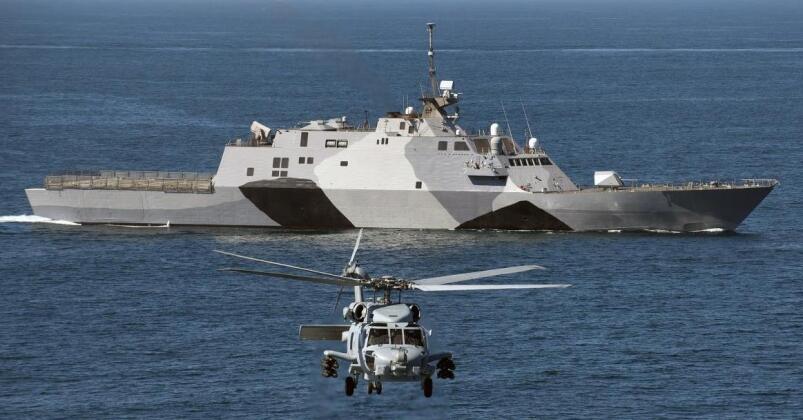The detection of structural damage on at least six of the U.S. Navy’s Independence Class Littoral Combat Ships (LCS), namely cracks in their hulls resulting from design flaws, has drawn the future of the class in service into question. This represents the latest of multiple serious issues affecting the platform’s performance, and could require significant modifications by either the Navy or the manufacturer Austal USA. While the LCS program has been highly problematic from the outset, exceeding even other troubled post Cold War programs such as the F-35 and F-22 fighters in the issues faced, the Independence Class was previously considered the better LCS variant while its sister class the Freedom Class suffered the majority of issues. With the Freedom Class and a small number of Independence Class ships scheduled to begin retirement several decades ahead of schedule due to a combination of severe performance issues, very high operational costs and limited combat capabilities, more Independence Class ships may well be close behind.

Both LCS variants have seen their capabilities fall far short of initially planned, with each set to have a single mission package installed permanently while intended anti-submarine warfare roles for the ships have been cancelled entirely. Issues facing the LCS program mirror those affecting the heavier Zumwalt Class destroyer, the only other major post-Cold War program to have produced surface combatants in the U.S., which has as a result seen production cut from 32 to just 3 ships. Cost overruns in the LCS program including both production and operational costs have resulted in deep cuts to the fleet, although the ability to develop a successor that can perform better remains questionable. Among the performance issues that have been noted by the Pentagon have been underwhelming sensor capabilities, limited anti ship missile defensive capabilities, and a lack of redundancies for vital systems which opens the possibility that “a single hit will result in loss of propulsion, combat capability, and the ability to control damage and restore system operation.”
